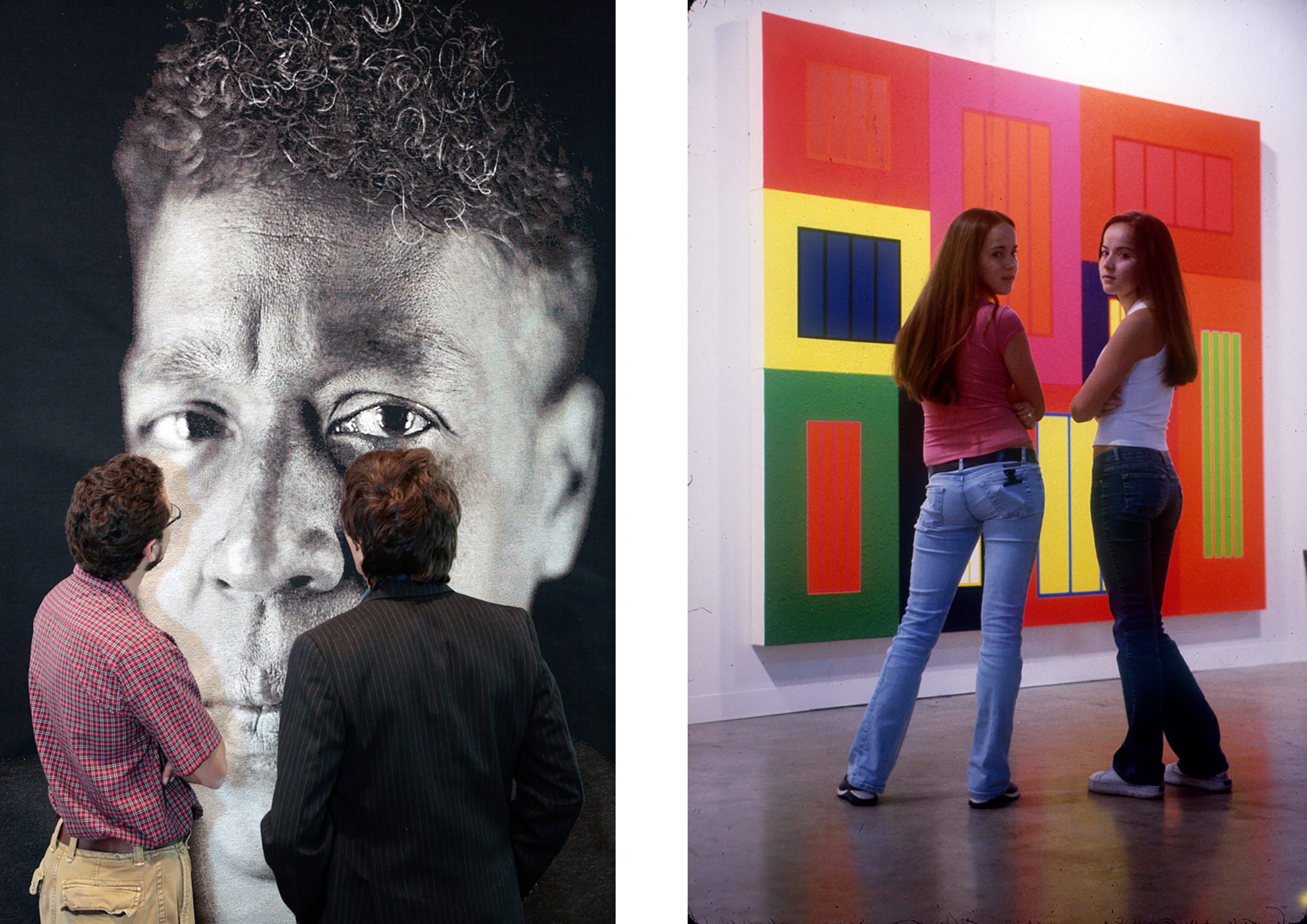 Left: White Cube's presentation at Art Basel Miami Beach, 2007. Right: Impression from Art Basel Miami Beach, 2002.
Left: White Cube's presentation at Art Basel Miami Beach, 2007. Right: Impression from Art Basel Miami Beach, 2002.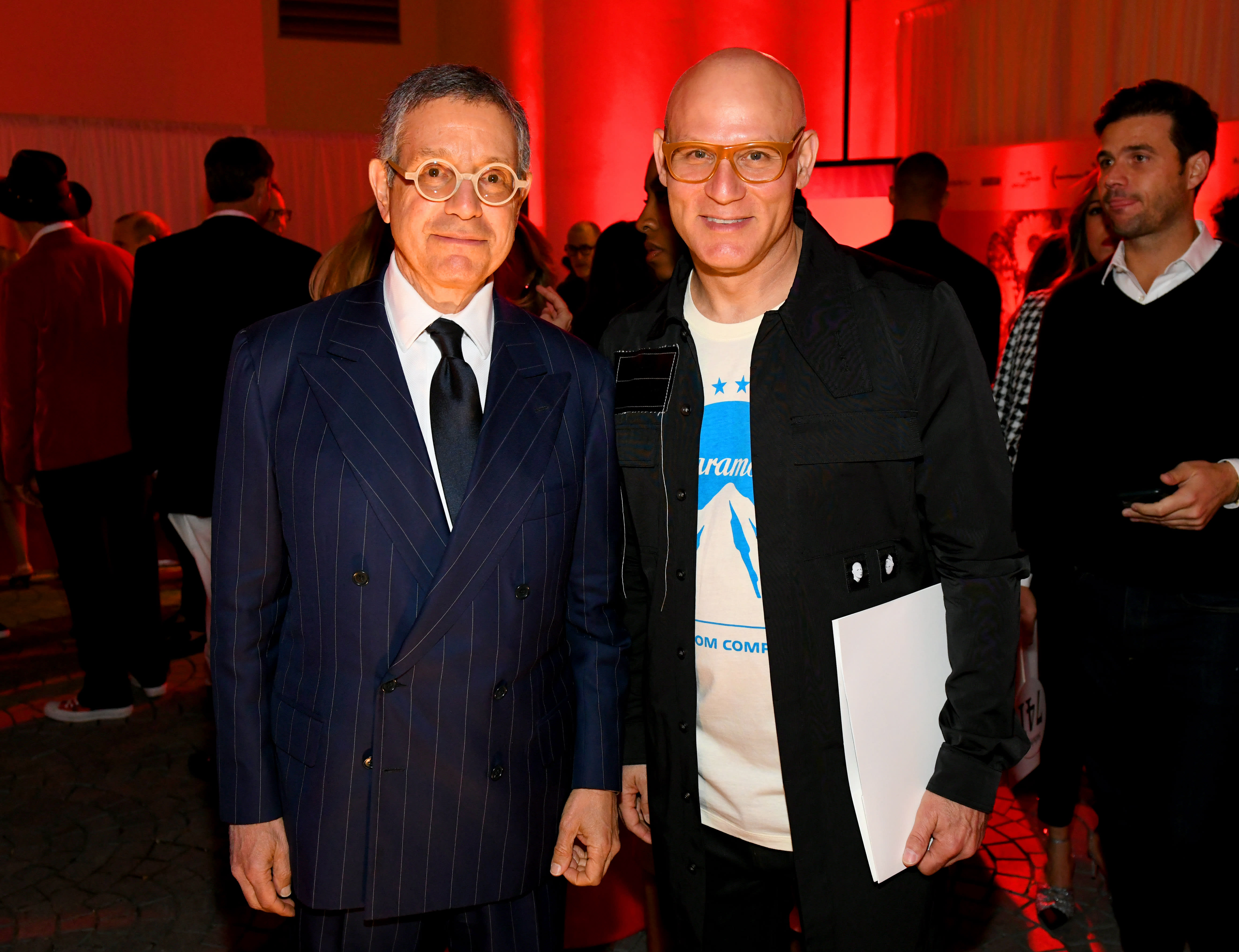 Jeffrey Deitch and Craig Robins at RED Auction hosted by Bono at the Miami Design District, 2018. Photo by World Red Eye.
Jeffrey Deitch and Craig Robins at RED Auction hosted by Bono at the Miami Design District, 2018. Photo by World Red Eye.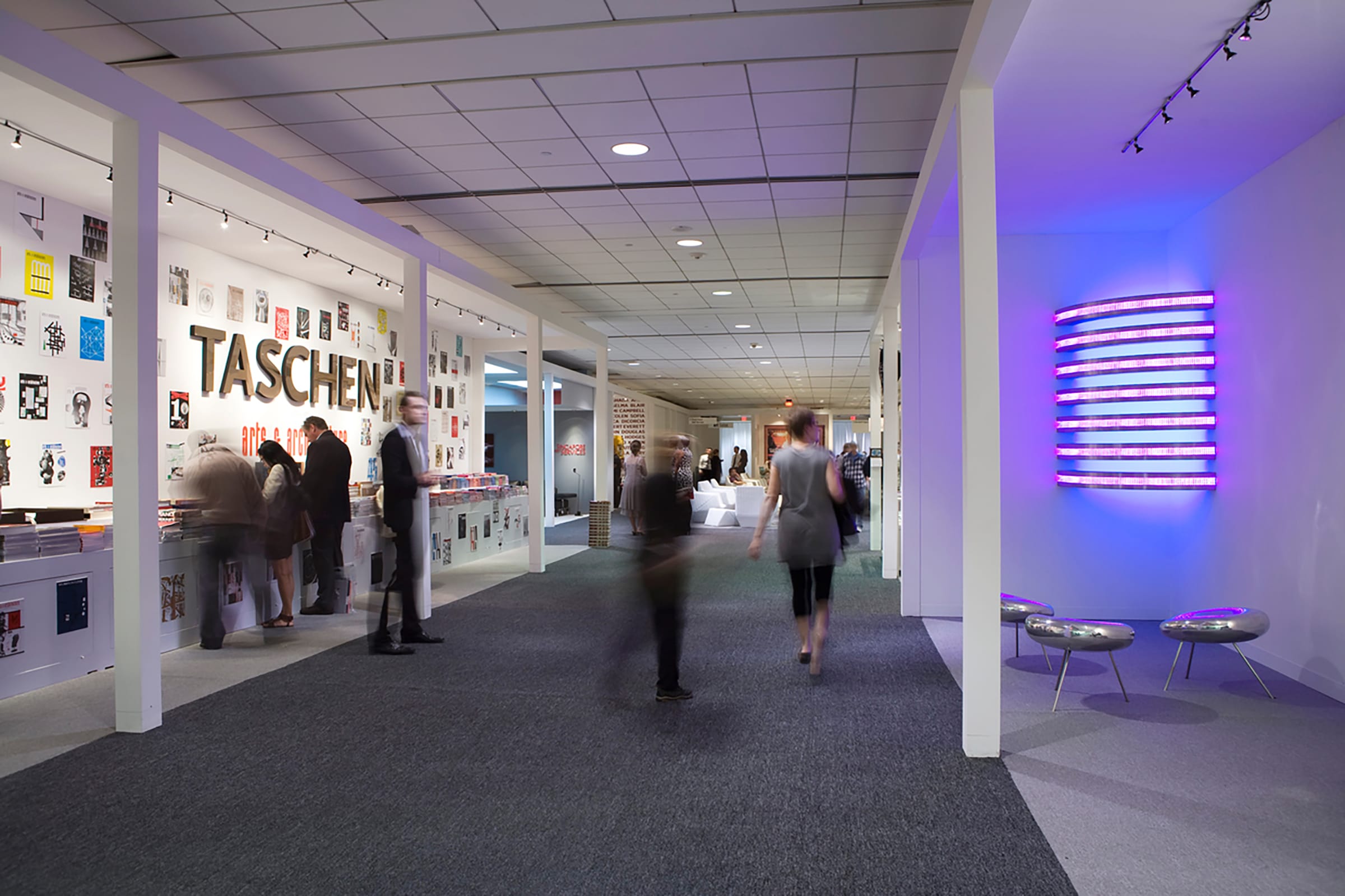 Taschen presentation at Art Basel Miami Beach, 2008.
Taschen presentation at Art Basel Miami Beach, 2008.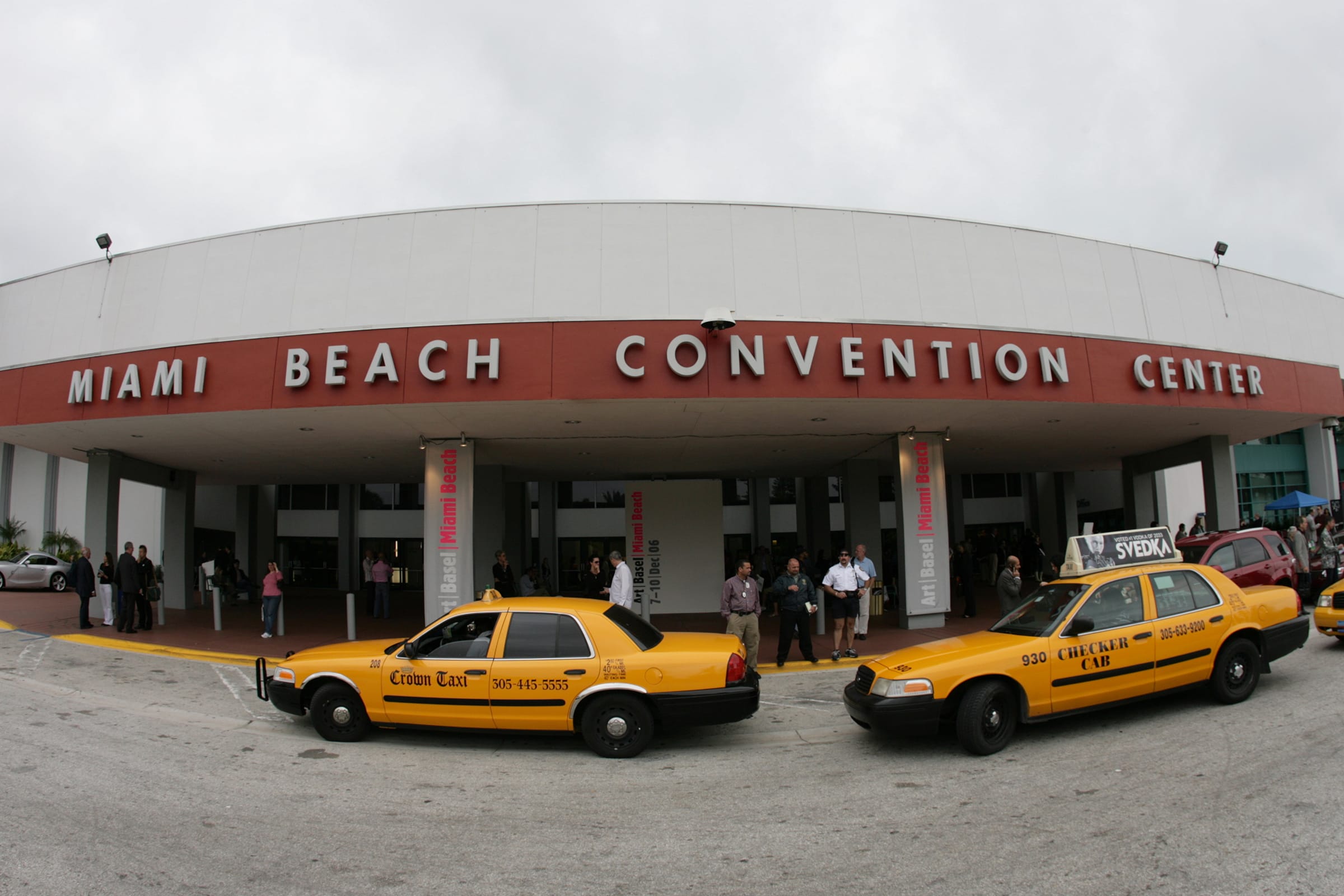 Convention Center, Art Basel Miami Beach, 2006.
Convention Center, Art Basel Miami Beach, 2006.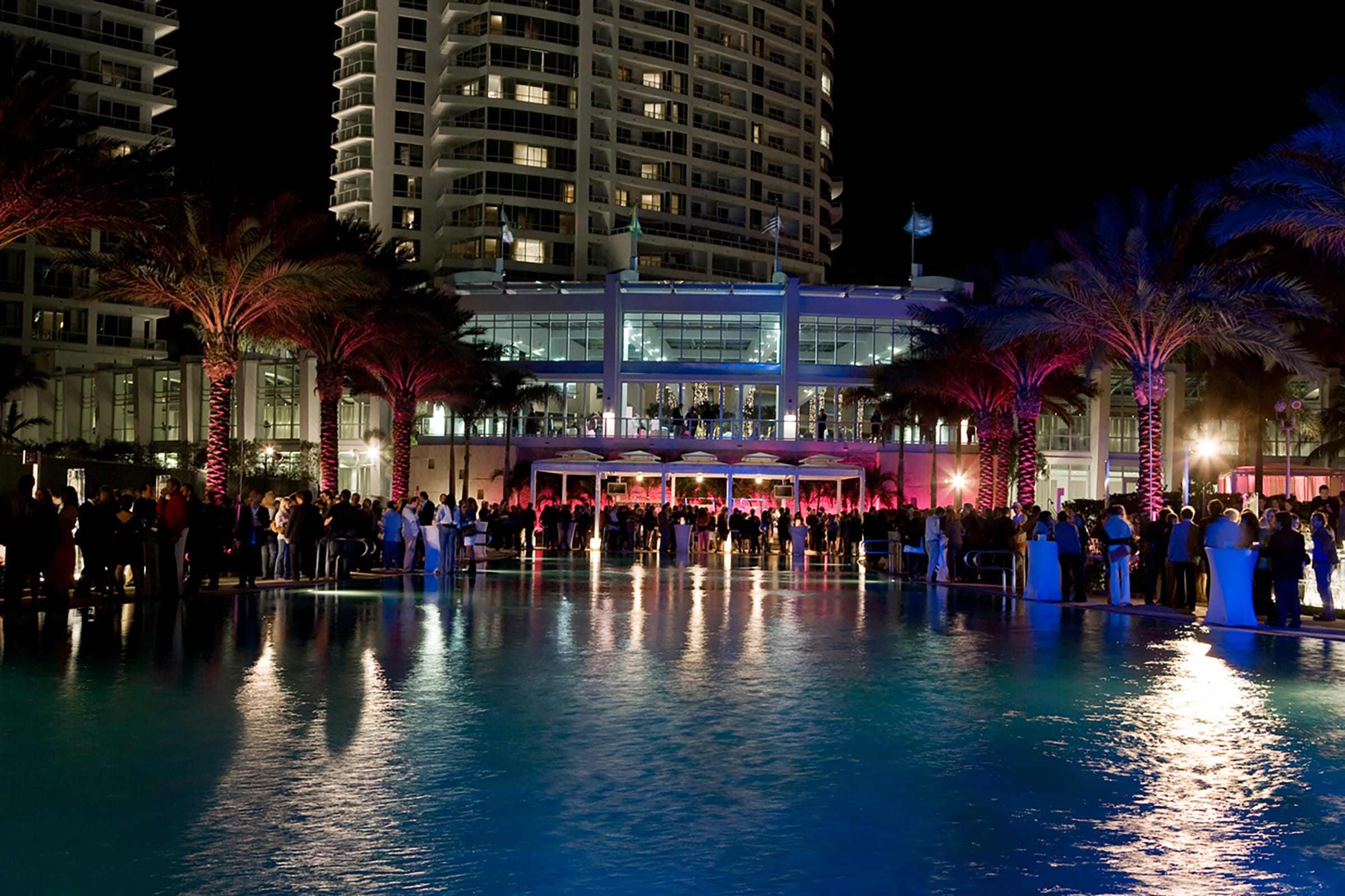 Goodbye party, Art Basel Miami Beach, 2008.
Goodbye party, Art Basel Miami Beach, 2008.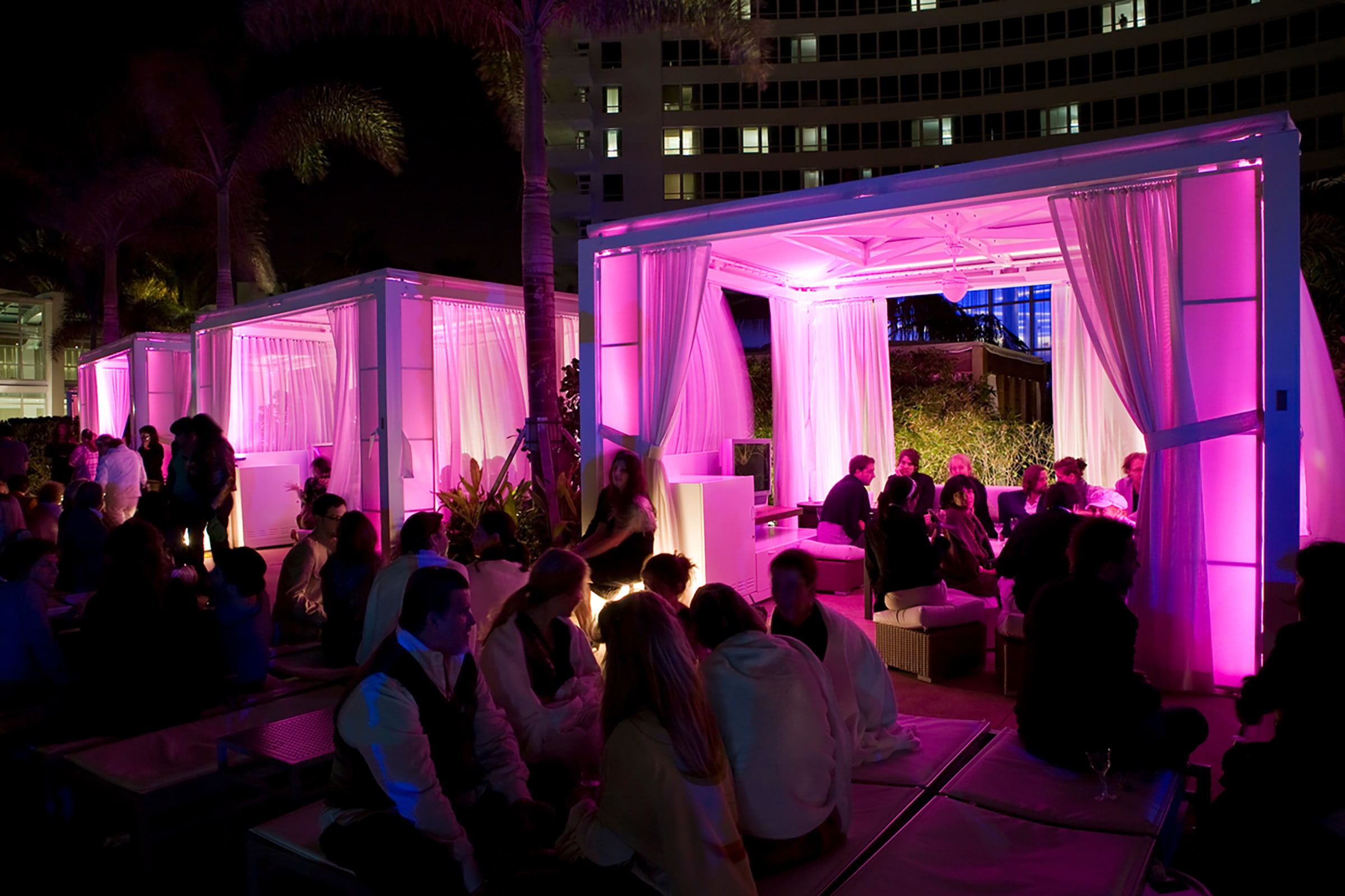 Goodbye party, Art Basel Miami Beach, 2008.
Goodbye party, Art Basel Miami Beach, 2008.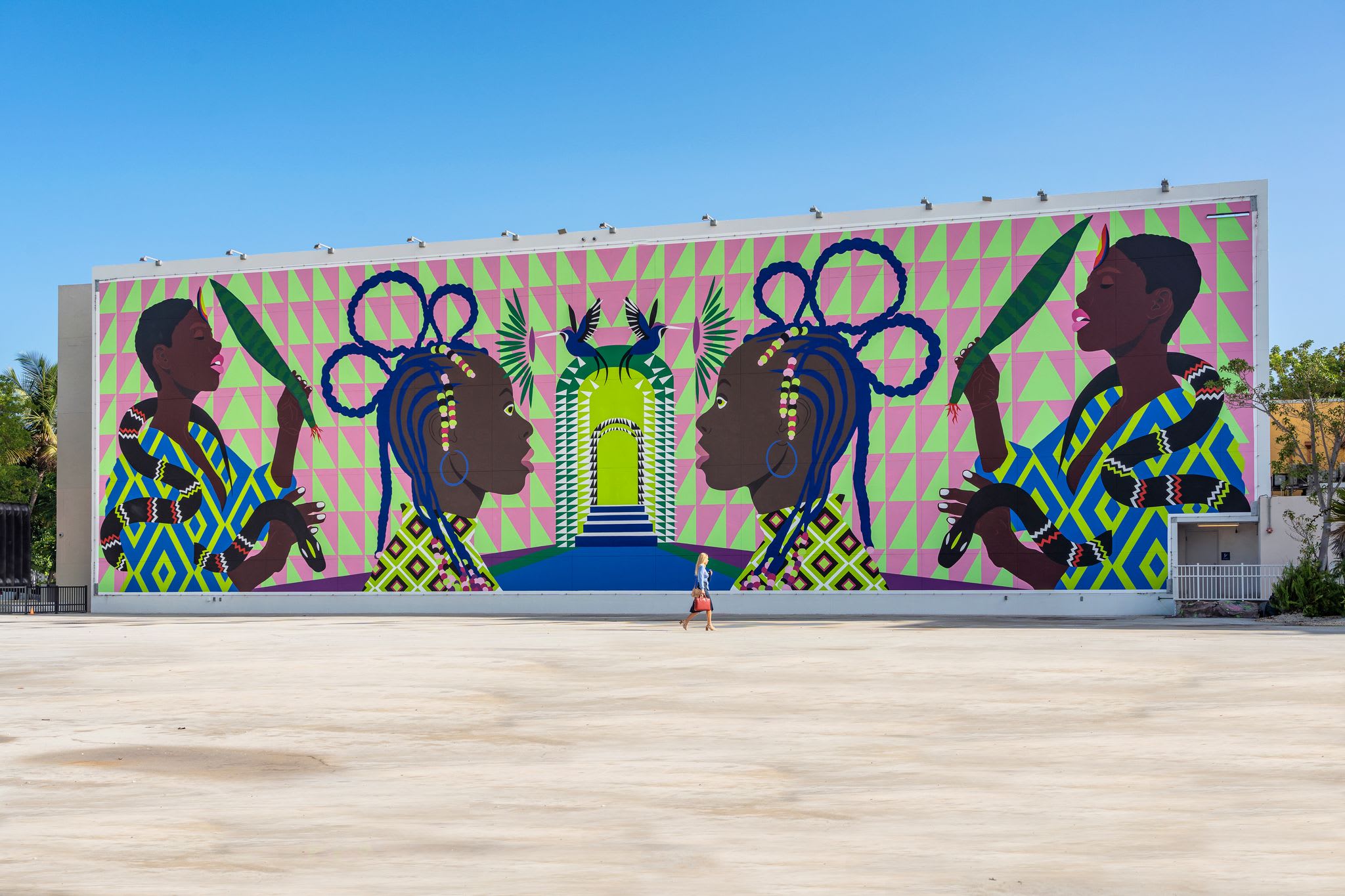 Criola mural in Jungle Plaza in the Miami Design District. Photo by Luis Gomez.
Criola mural in Jungle Plaza in the Miami Design District. Photo by Luis Gomez.












